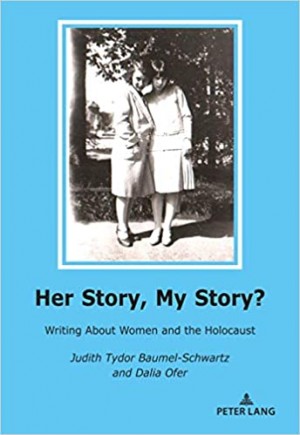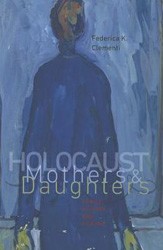Sarah Helm, a journalist for The Sunday Times, delivers a comprehensive history of the Ravensbrück concentration camp, a lager designated by Heinrich Himmler for women. By the end of the war, more than 130,000 women from twenty different European countries had been incarcerated in Ravensbrück, among them General Charles deGaulle’ s niece, the granddaughter of Martin Buber, and Gemma La Guardia, sister of New York’s wartime mayor, whose mother was Jewish. Although Jews were a small number of the camp’s inmates, they were confined to their own block, where they were exposed to torture and brutal sadism.
Among the horrific examples Helm describes is the infamous Budy massacre of October 1942. In a small village four miles from Aushwitz, a number of women Kapos and guards from Ravensbrück were sent to maintain discipline in the Ravensbrück sub-camp of Budy, where four hundred women — many of them French Jewish intellectuals, teachers, and artists — were imprisoned in a deserted school and worked to drain a swamp. The brutality of the camp’s female Kapos was so extreme that upon his investigation of the operation Rudolph Höss, the Kommandant of Auschwitz wrote, “I find it incredible that human beings could ever turn into such beasts. The way the Kapos knocked the French Jewesses about tearing them to pieces, killing them with axes and throttling them… it was simply gruesome.” Even Heinrich Himmler found reports of the Budy massacre unacceptable, and made scapegoats of six Kapos who participated in the killing. They were summarily executed. In the final months of the war, Ravensbrück became an extermination camp, and it is estimated that the death toll by April 1945 ranged from 30,000 to 90,000.
Most of the prisoners at Ravensbrück were “asocials,” including lesbians, criminals, and other “useless eaters.” There were also female political prisoners, as well as Jews. All were identified by color armbands and disciplined by female Kapos who were chosen by the SS for their cruelty.
Ravensbrück: Life and Death in Hitler’s Concentration Camp for Women is a difficult book to digest: Helm describes the medical experiments performed on the inmates in detail, the beatings, the sadistic behavior of the guards, but also the resistances of the inmates in their efforts to survive. The book is an absolutely necessary read to understand how cruel the Nazis — including the physicians, guards, and elite operators, like Himmler — behind the savage behavior in Ravensbrück were.
Related Content:





